Fruits are not just delicious; they are a powerhouse of major nutrients, offering an abundant source of vitamins like vitamins A and C, along with essential minerals.
They are also an excellent source of dietary fiber, making them a key part of a healthy diet.
When it comes to calories, most fresh fruits are on the lower side due to their high water content and minimal fat. However, this changes with frozen fruits, as added sugars can increase their calorie content.
While we often categorize fruits based on their taste – sweet or sour, scientifically, fruits are identified as structures that carry seeds.
What is a Fruit?
Fruits are much more than just tasty snacks; they are the seed-bearing products of trees and plants and are a key part of the diet for humans and animals.
Fruits come in a wide array of types, each with its unique flavor profile ranging from sweet to sour. Many of these fruits are best enjoyed raw, while others are equally delightful when frozen.
Interestingly, some foods we commonly think of as vegetables, like tomatoes, cucumbers, and squash, are actually classified as fruits in the botanical world.
This is because they develop from the flower of a plant and contain seeds, just like traditional fruits.”
Different Categories of Fruits
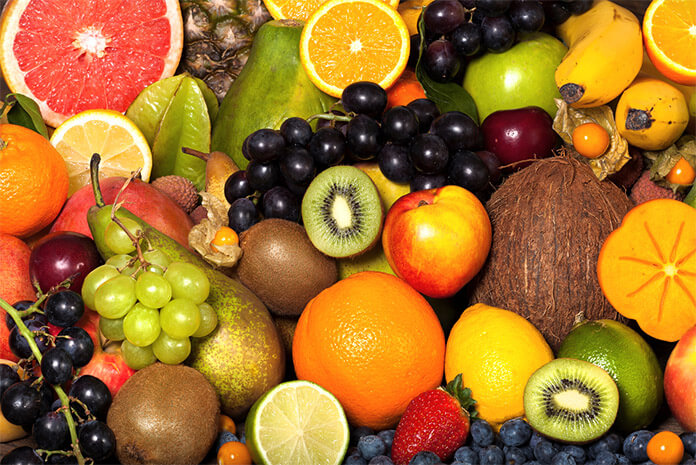
List of Types of Fruits to Eat
1. Apple
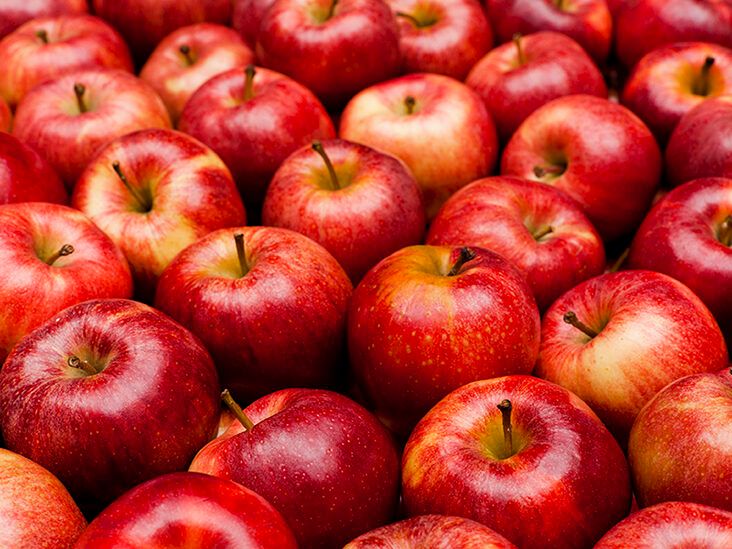
Apples are popular for their juicy taste and are originally from Central Asia. Now, they are found worldwide, leading to a variety of types.
They grow from flower blossoms and have seeds inside. The part we eat is the flesh, which varies in color from yellow to red to green.
The flavor of an apple depends on its acidity and can be enjoyed whole or in desserts.
2. Banana

Bananas, tropical and nutrient-rich, belong to the Musaceae family. They are unique in that they contain several seeds.
They have a distinctive yellow skin that peels away to reveal the edible fruit. Both ripe (sweet) and unripe (starchier) bananas are edible.
Widely available and affordable, bananas are versatile in cooking and used in everything from snacks like chips to sweet desserts and cakes.
3. Mango

Often called the king of fruits, mangoes are a tropical delight, mostly grown in warm climates. The fruit has a sweet, juicy pulp.
Mangoes belong to the Anacardiaceae family and are seasonal, mainly available in summer. Their flavor varies from sweet to sour, depending on the type and ripeness.
Rich in Vitamin C and antioxidants, mangoes are not only tasty but also very nutritious.
4. Orange

Oranges are a popular citrus fruit, packed with Vitamin C. They typically have a round shape with a green or yellow peel.
Peeling the skin reveals juicy, segmented flesh that can be sweet or tangy. The flavor depends largely on the ripeness of the fruit.
Oranges are versatile – enjoyed as fresh fruit, juices, or even used in various culinary dishes.
5. Papaya
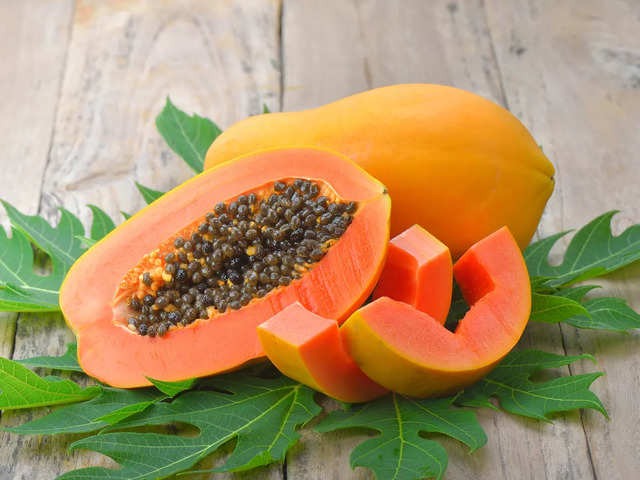
Papaya, also known as Paw Paw, is a tropical fruit native to Mexico and Central America. It’s large in size with a sweet pulp.
The fruit is typically cylindrical and can grow up to 20 inches. It’s commonly found in hot countries and is edible in both ripe and unripe forms.
Papayas are known for their nutritional value, including a rich content of vitamins.
6. Watermelon
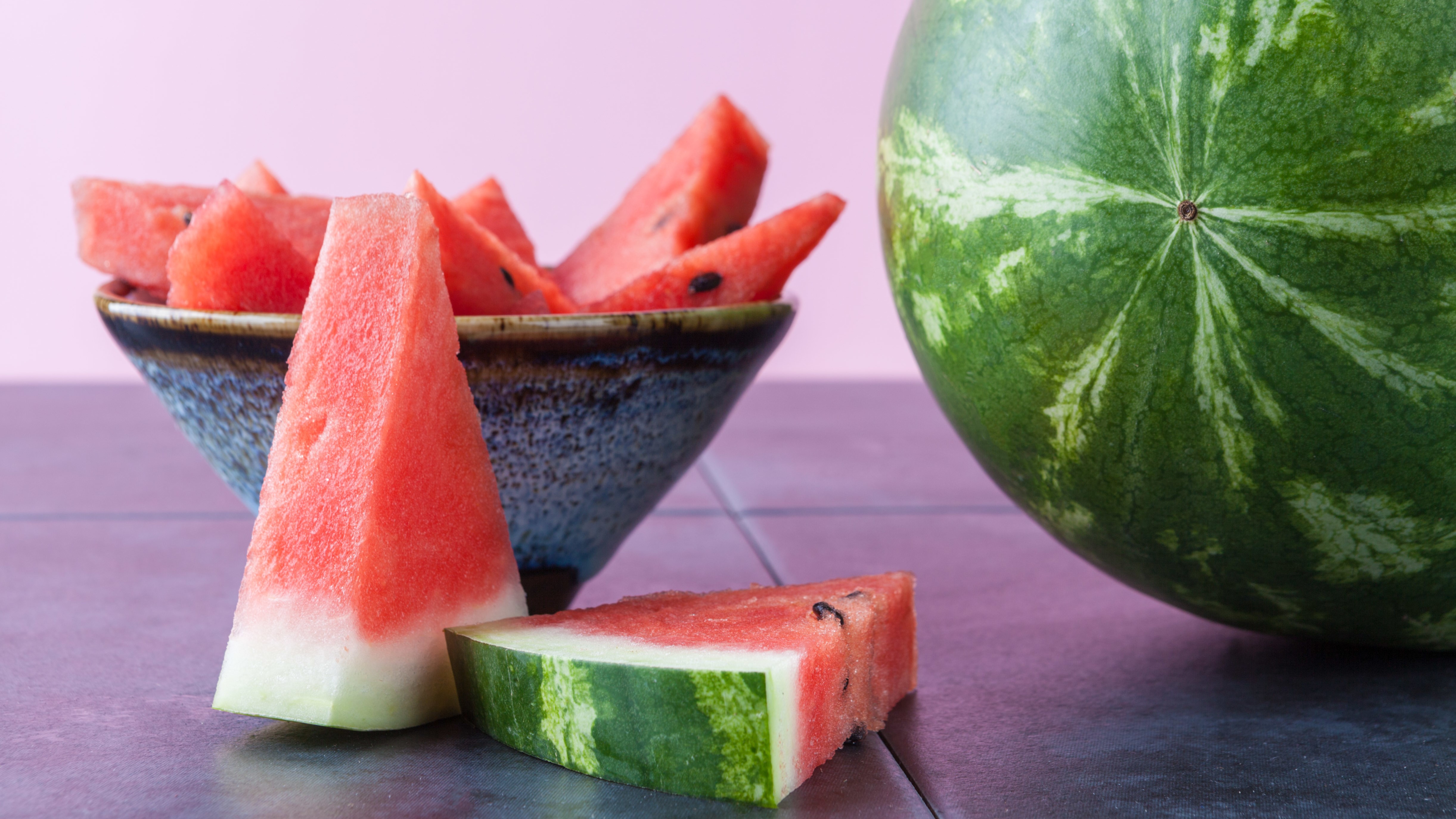
Watermelons are a staple summer fruit belonging to the Cucurbitaceae family. They grow on vines and have a green outer rind.
Inside, they have juicy, red flesh with black seeds, known for being extremely hydrating, with a water content of about 92%.
Besides being refreshing, watermelons are a good source of vitamins and antioxidants.
7. Kiwi
:max_bytes(150000):strip_icc()/Kiwi-a2e9888bfab6474f8d12d2ae0287b356.jpg)
Originating in New Zealand, the kiwi fruit, or Chinese Gooseberry, belongs to the Actinidiaceae family. It has a unique brown fuzzy skin.
The flesh inside is bright green with tiny black seeds, offering a sweet and sometimes tangy flavor.
Kiwis are nutritionally rich and come in several varieties, including seedless and yellow kiwi.
8. Grapes
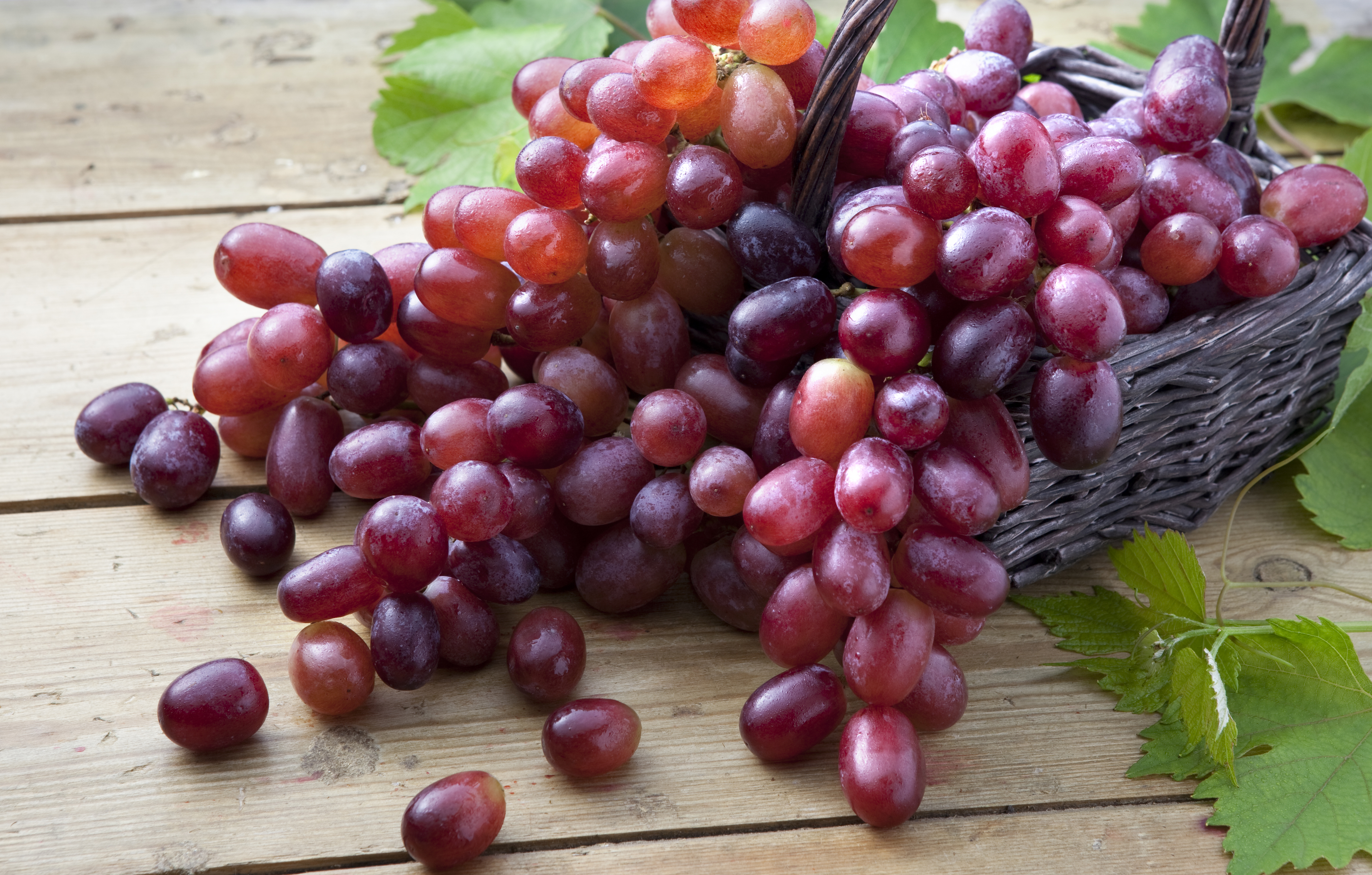
Grapes, used extensively in winemaking, are small, juicy fruits growing in clusters. They belong to the Vitaceae family.
They come in various colors like green, red, and purple and can be sweet or sour. Grapes are often enjoyed fresh or in juice form.
9. Guava
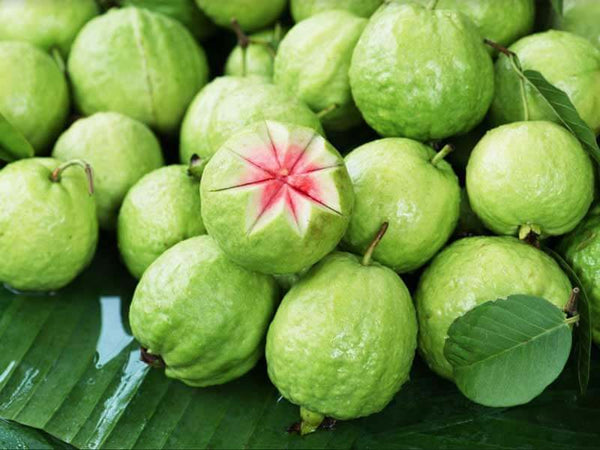
Guavas are tropical fruits primarily found in Mexico and warm regions. They grow on trees and are part of the Myrtaceae family.
They have thick green skin with white or pink flesh inside, containing edible seeds.
Guavas are versatile, eaten as fresh fruit, in juices, or even in cocktails.
10. Pineapple
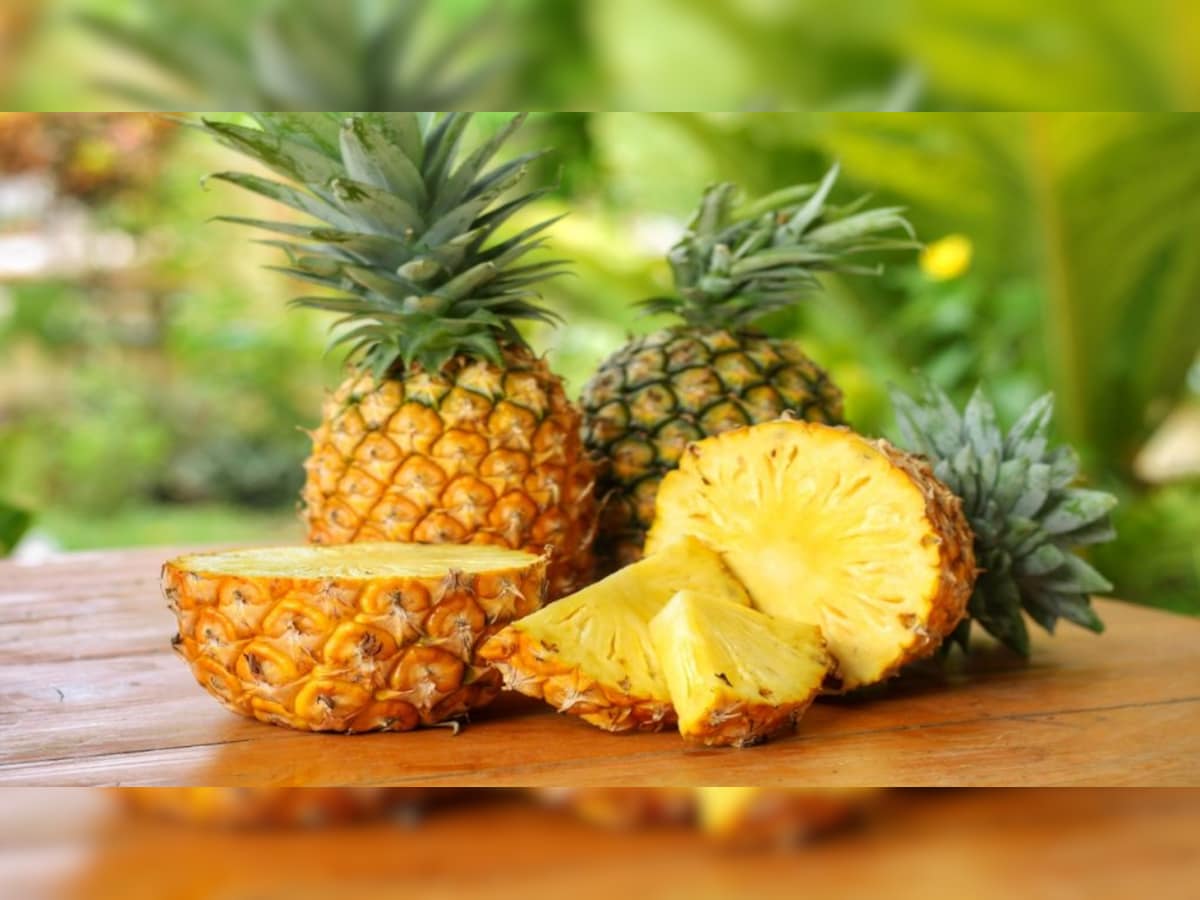
Pineapples are exotic fruits growing mainly in tropical countries. They develop from unpollinated flowers.
The inedible outer layer encloses juicy, sweet flesh, commonly consumed raw or in juices.
11. Strawberry

Strawberries, belonging to the Rosaceae family, are a favorite for their bright red color and sweet taste.
Unique for having seeds on their outer surface, they are mostly harvested in spring and are quite delicate.
Strawberries can be enjoyed fresh, in desserts, or as part of various dishes, offering a balance of sweetness and acidity.
12. Plum

Plums fall under the category of drupe fruits and grow on small trees. They often need another plum tree nearby to bear fruit.
Plums are available in various colors like red and deep purple and are known for their juicy and sweet flavor.
Plums are cultivated worldwide, with each region having its own local variety.
13. Pear
:max_bytes(150000):strip_icc()/how-to-store-pears-4x3-02b1e602421e4cec971af8f460a78ac6.jpg)
Pears, part of the Rosaceae family, are one of the oldest cultivated fruits. They grow on medium-sized trees in temperate regions like Europe and Asia.
They have a unique texture with edible flesh and a seed-containing core. The fruit comes in over 3000 varieties, each with distinct shapes, sizes, and colors.
14. Melon
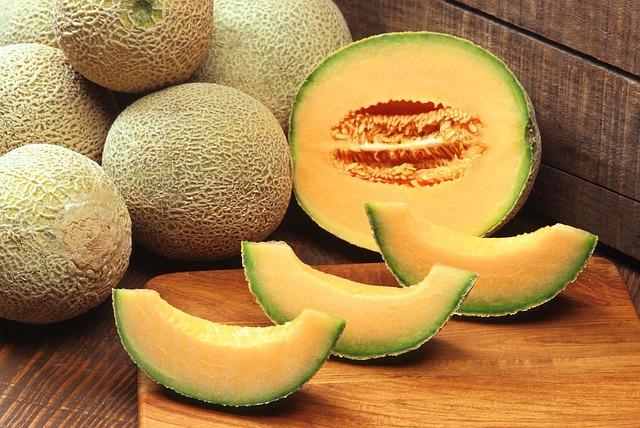
Melons, a member of the Cucurbitaceae family, are known for their high water content and sweet taste.
There are over 30 varieties of melons, including watermelon, cantaloupe, and casaba, each varying in shape and size.
Melons are not just refreshing; they are also a good source of nutrients and can be enjoyed in various forms.
15. Lychees
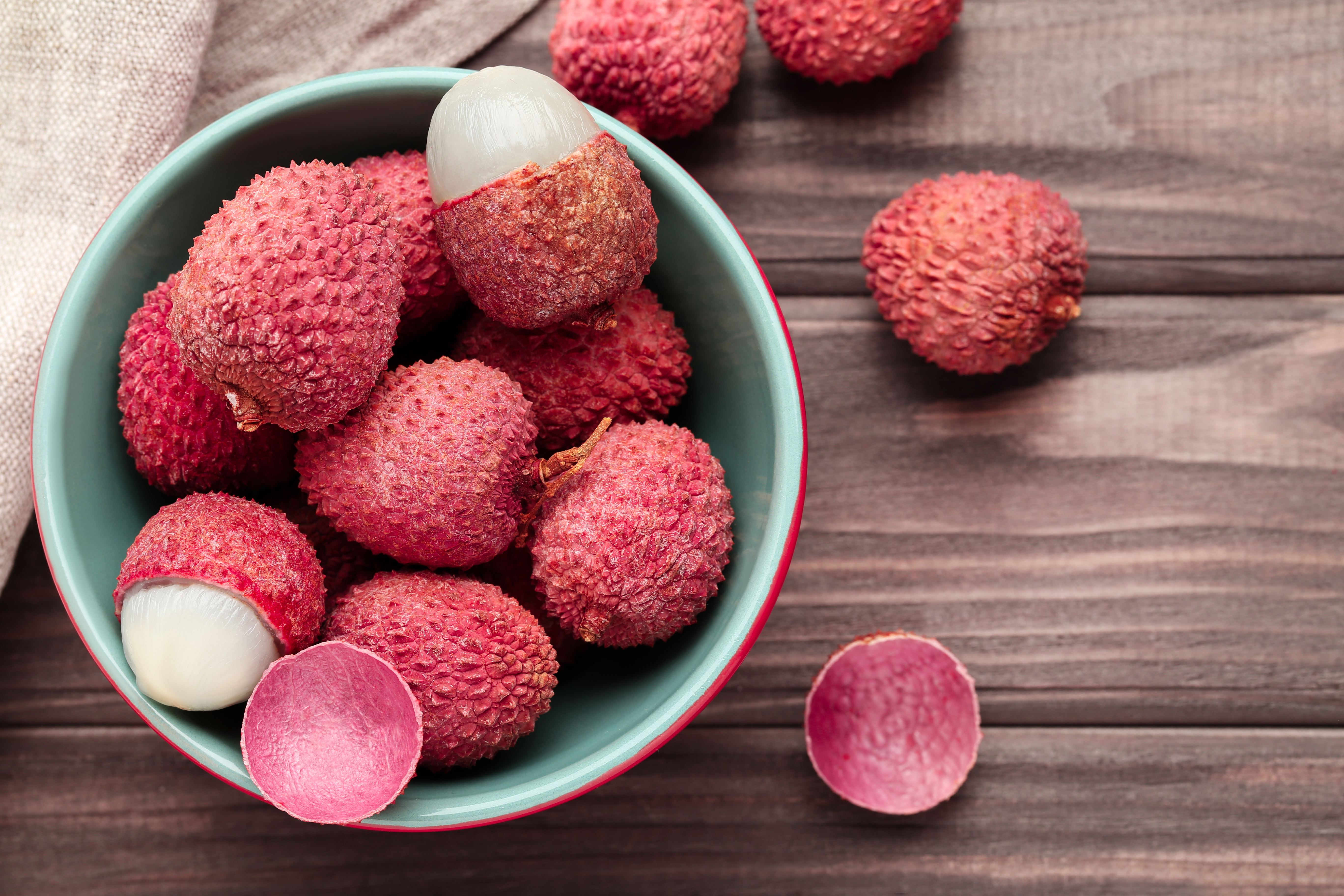
Lychees, from the soapberry family, grows in clusters with about 30 fruits per bunch. It’s recognized by its rough, red outer skin.
It has sweet, jelly-like white flesh surrounding an inedible black core.
Lychees can be eaten fresh or used in beverages, offering a unique flavor profile.
16. Jackfruit
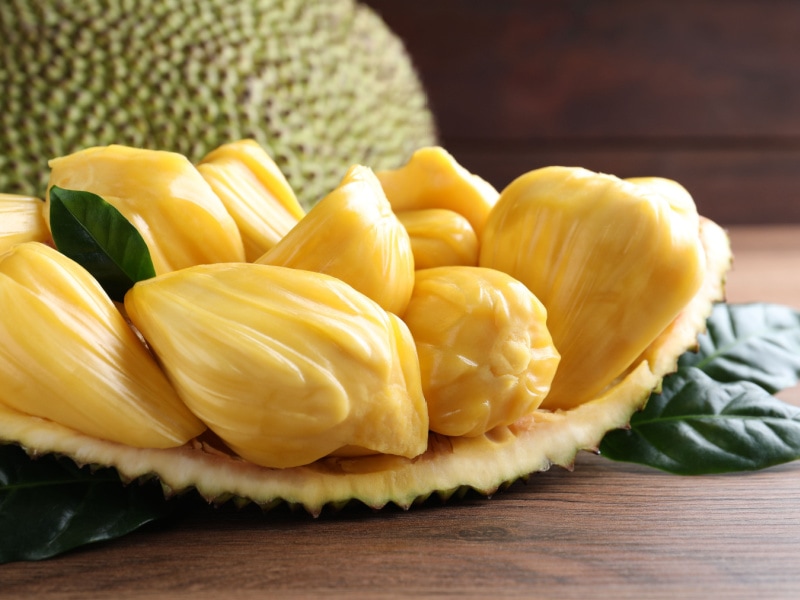
Jackfruit is one of the largest fruits, native to tropical regions. It can grow up to 2 feet in size.
This fruit has a tough green outer skin and sweet, fibrous flesh inside with multiple seeds. Every part of the jackfruit, including the seeds, is edible.
Often used as a meat substitute in vegan diets, jackfruit is versatile in culinary uses.
17. Grapefruit
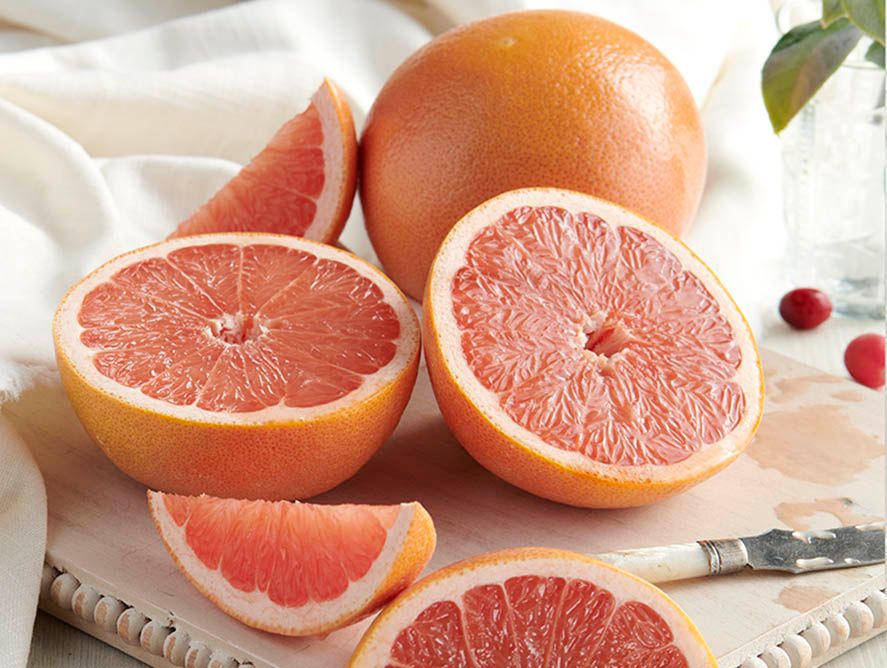
Grapefruits, a type of citrus fruit, are known for their round shape and sweet-tart flavor. The pulp is typically red and full of juice.
Named for their cluster growth, similar to grapes, grapefruits are rich in vitamin C and other nutrients.
They are commonly enjoyed as a breakfast fruit, in juices, or even in salads.
18. Cherry
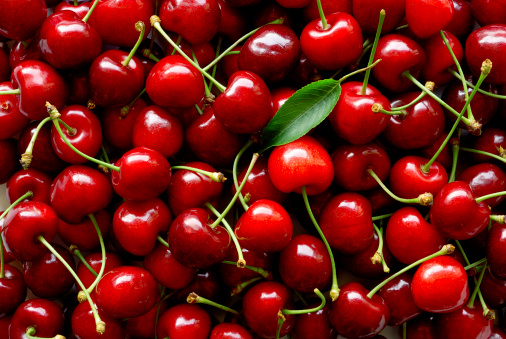
Cherries, part of the drupe family, come in two main types: sweet and sour. Sour cherries are often used in cooking due to their acidic content.
Sweet cherries are usually enjoyed fresh or in juices. They thrive in cooler climates and can’t survive in tropical regions.
19. Blueberry
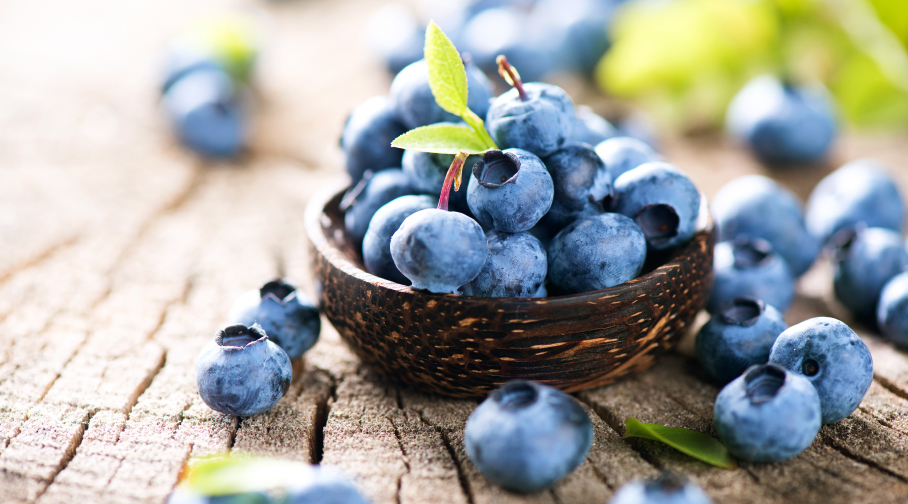
Blueberries, native to North America, are small and round with a distinctive blue color. They belong to the Vaccinium family.
They are known for their sweet flavor and are harvested from May to August. Peru is a major exporter of blueberries.
Blueberries are not just tasty; they’re also packed with nutrients and can be enjoyed fresh or in various dishes.
20. Blackberry
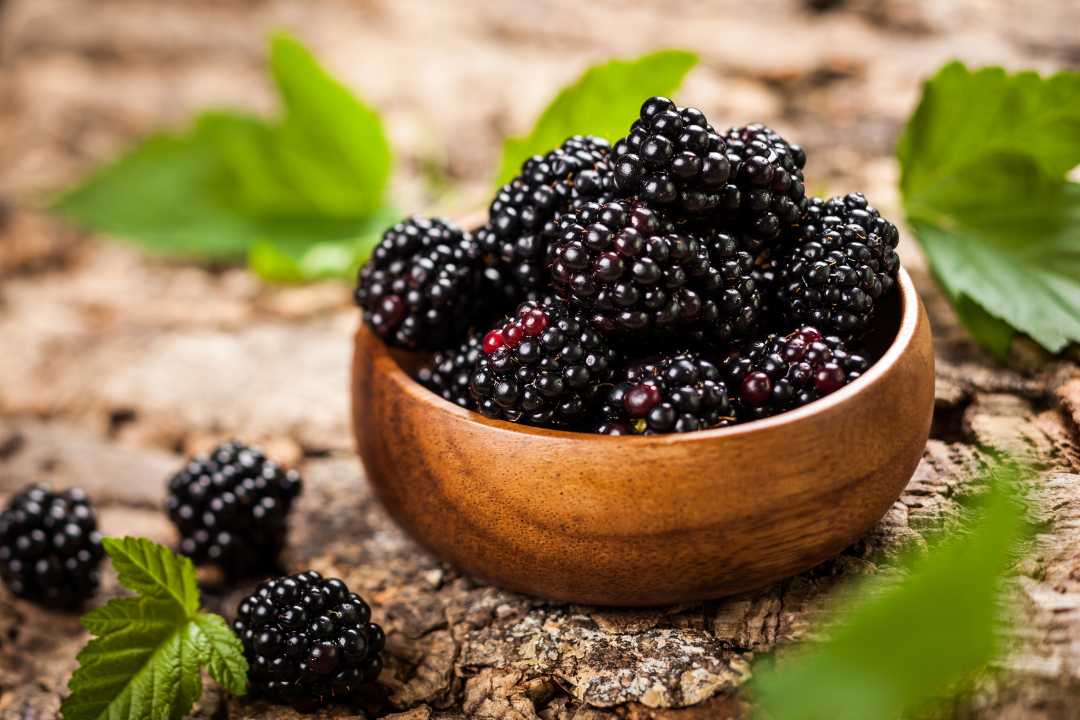
Blackberries, part of the Rosaceae family, grow in temperate regions like Asia and America. They consist of small drupelets with edible seeds.
Compared to other fruits, blackberries have lower sugar levels and are rich in vitamins and minerals.
They can be eaten fresh or used in juices, offering a mix of sweet and tart flavors.
21. Apricot
:max_bytes(150000):strip_icc()/Apricot-07032c0f0c5945818772dc2bd56e2429.jpg)
Apricots, from the Prunus family, are known for their beautiful reddish-orange skin and yellow flesh. They contain a large, inedible seed in the center.
Typically small, apricots can grow up to 8 cm in length and are prized for their nutritional value, especially their iron content.
These fruits are not only delicious but also versatile, used in both sweet and savory dishes.
22. Dragon Fruit

Dragon fruit, with its unique pink outer skin and spiky appearance, belongs to the cactus family. The inside flesh is often white and dotted with black seeds.
While it resembles kiwi in shape, its taste is distinctively sweet and refreshing.
Dragon fruit is a tropical delicacy that can be enjoyed as is, in juices, or even in desserts like sorbets.
23. Avocado

Avocados, often categorized as a vegetable, are technically fruits from the Lauraceae family. They have a rough green skin and creamy yellow flesh.
Known for their heart-healthy fats, avocados are a staple in various cuisines, used in dishes like guacamole or as a salad ingredient.
Despite being rich in fats, avocados are highly nutritious and contribute to a balanced diet.
24. Peach
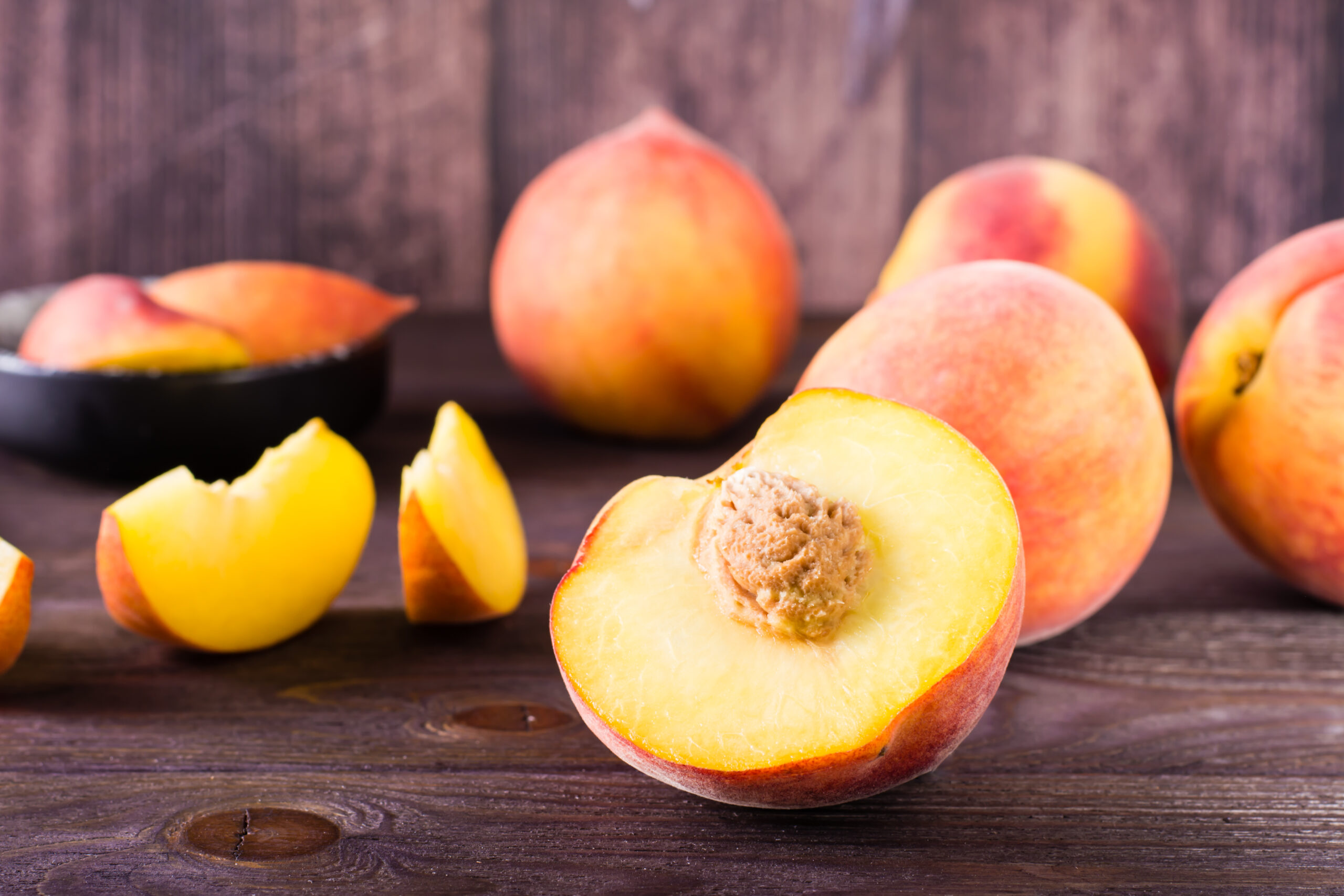
Peaches, belonging to the Prunus family, thrive in temperate regions. They have a reddish skin and sweet yellow flesh.
These fruits are a summer favorite, known for their juicy texture and delightful flavor.
Peaches can be eaten fresh, used in desserts, or even incorporated into savory dishes, adding a unique sweetness.
25. Passion Fruit
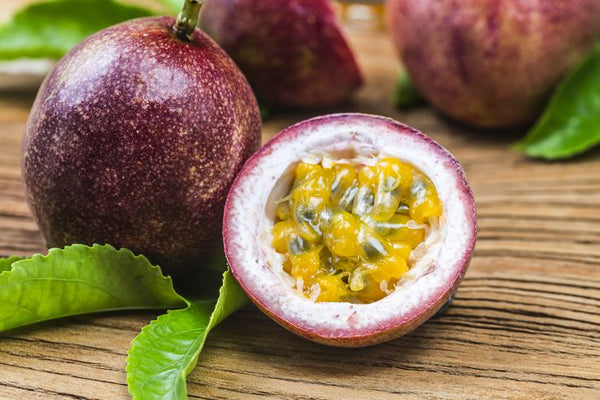
Passion fruit, rich in vitamins A and C, is known for its oval shape and tough brown skin. Inside, it has orange pulp with numerous edible seeds.
This tropical fruit can grow up to 8 inches in size and comes in over 100 varieties.
Passion fruit is versatile, used in desserts, beverages, or even as a fresh, tangy addition to salads.
Final Words
There are numerous fruits available on the planet which are enriched with many useful nutrients. They come in different shapes and sizes, and their taste also varies with one another.
This is all about the different types of fruits. We hope you liked the article, and if you have questions/queries regarding the topic, you can paste it in the comment section below.
We will be delighted to resolve all your queries.

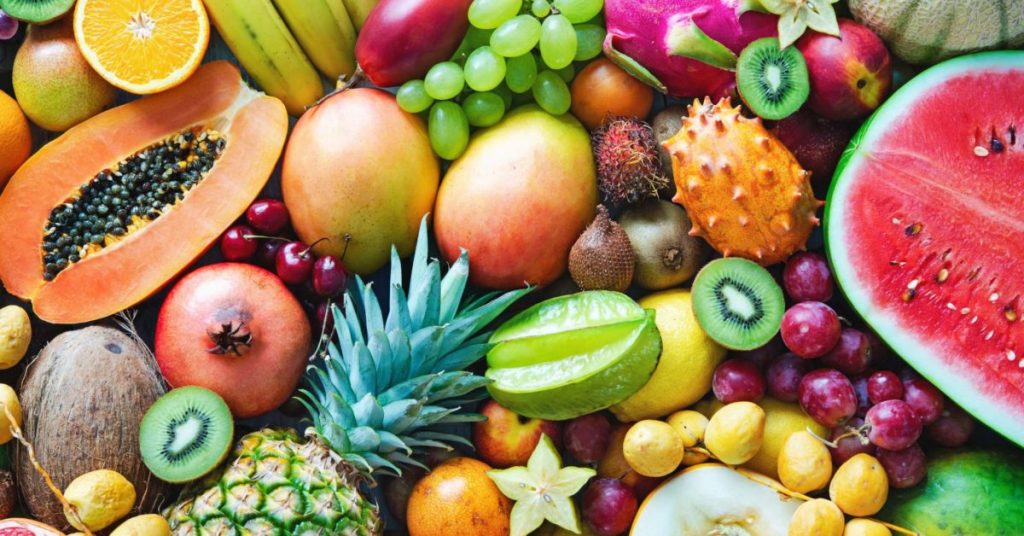
Those are lovely fruits I like very much……
I love 💕 them also, they are my favorites